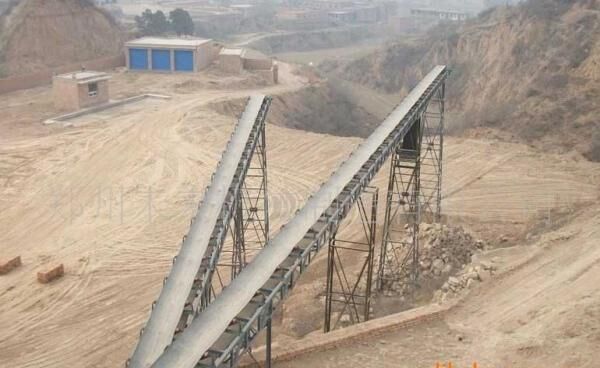Belt Conveyor are a system that allows the continuous transfer of different materials in which the conveyance medium remains essentially static. The most common variant consists of a web traveling on two or more cylinders.
This strip can be formed by a single structure (a rubber band, for example) or several connected parts. One or several system drums (depending on the length of the belt, path, etc.) drag the belt, either by friction or some gear system, while the rest of the rollers rotate freely and the only function of these consistency, stability, direction and / or serve as a return to the band.
Some bands are flat, others, such as those carrying sand, grains and other bulk materials, are concave; certain variants have protruding elements on their surfaces or orifices to retain more firmly the products they carry. There are also conveyors that do not have bands as such, but use oscillating plates, rotating cylinders or others.
These conveyors are currently widely used, ranging from carrying granulated materials such as building materials and agricultural, to large items packed as boxes in customs, warehouses and postal systems. The so-called lifting belts are used to lift loads through sloping terrain.
They also transport people, as in the case of the so-called escalators; the machines we use in many of our running houses are also a special type of conveyor belts.
The use of these tapes gives us different advantages, among which are the fuel savings for transportation, allow the transport of materials at a great distance, have a great capacity of transport, allow to transport a large variety of materials, adapt to the terrain, its construction is generally simpler than other means of transport, it is possible to load and unload at any point of the route, among others.
Post time: May-07-2022


